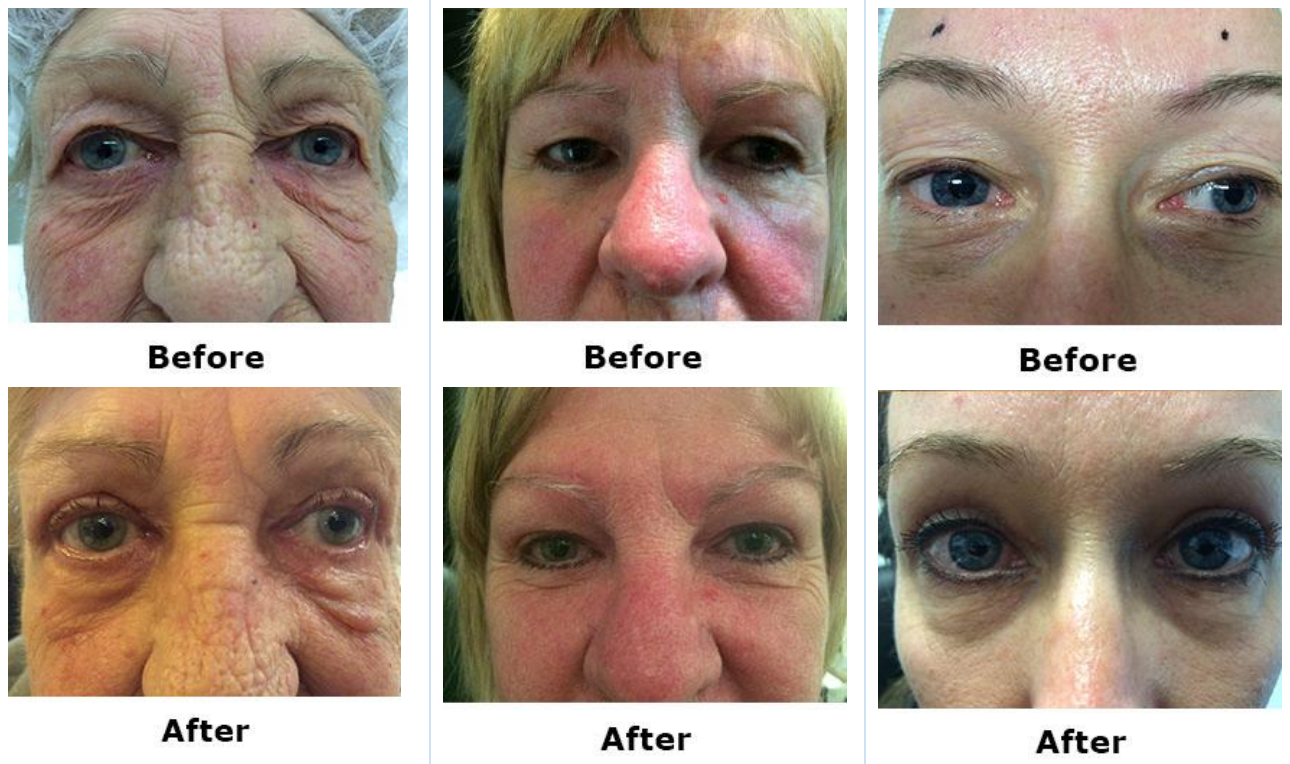Blepharoplasty
What is Blepharoplasty?
Blepharoplasty is also called Eyelid Lift surgery. It is performed to correct eye
- puffiness
- sagging
- drooping of upper eyelids
Blepharoplasty improves how your eyelids appear or to remove excess skin and bags under the lower eyelids. Blepharoplasty improves the appearance of your eyelids and the area around them to give you a younger and more relaxed look.
Who are Candidates for Blepharoplasty
A Blepharoplasty is suitable patients not suffering from chronic or life-threatening disease conditions.
Eye Lift Surgery is not suitable for patients with
- diabetes
- dry eyes
- glaucoma
- high blood pressure
- thyroid problems
- heart and vascular diseases
If you are on blood-thinning medication, this may need to be ceased before surgery. If it is required for an abnormal heart rhythm, prior history of stroke or blood clot, or to keep cardiac stents open, it should not be ceased. Your GP will be involved in this decision.
About Blepharoplasty Procedure
During the procedure, you will be administered either local anaesthesia and sedation or general anaesthesia as felt appropriate by your surgeon.
An incision on the upper eyelid is made such that after the procedure, the scars are hidden in the natural creases of the upper eyelid. The fat or the extra skin is removed.
For lower eyelids, the incision is either made just below the lower lash line or inside, the lower eyelid. The excess skin and/or the fat may be removed or redistributed as required. The incisions are closed with sutures, surgical tape or skin adhesives.
Recovery After Blepharoplasty Procedure
Medications and ointments are prescribed to help with faster healing and to prevent infection after the procedure. You may prefer to wear sunglasses until healing is complete.
The swelling and bruising after the procedure go away in a few weeks. The scars of the incision fade away in a few months to reveal beautiful eyes with well-defined smooth eyelids to give you a young and rejuvenated look.
Risk With Blepharoplasty
Risks occur rarely but may include infection, scarring, temporary blurred vision or double vision and dry eyes. Loss of vision may occur in very rare cases.
The swelling and bruising after the procedure go away in a few weeks. The scars of the incisions fade away in a few months to reveal well-defined smooth eyelids. The surgery aims to relieve upper lid heaviness, open up your peripheral visual field and give you a rejuvenated eyelid appearance.








